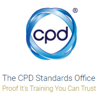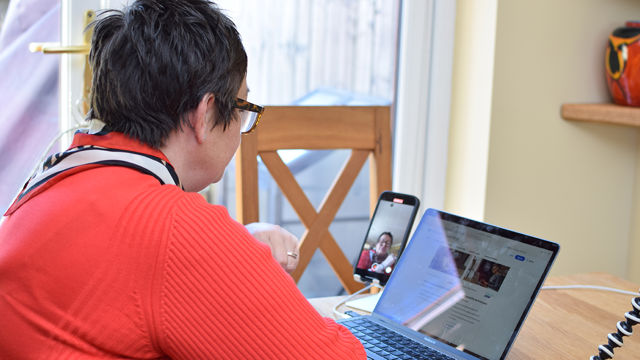
Digital legacy: A guide to controlling your digital legacy
19 May 2023
Facing your mortality is probably not on the top of your list of things to do, but it’s an important one to think about and there are lots of ways digital can help: creating lasting memories for the people you love, outlining your wishes and letting people know how and where they’ll find the information they’ll need after you’re gone.
Every time you go online or do something digitally you leave a digital footprint which will eventually become your digital legacy when you’re gone. But what happens to those digital memories and documents you’ve created when you’re no longer around? Will your loved ones know how to access them, or know what your instructions are when you’re not here?
We’ve written a mini-series of blogs with help from Paula Fowler, a former Barclays Digital Eagle, to help explain what a digital legacy is. In this second blog, Paula shares how she's taken control of her digital legacy.

Meet Paula
We’re working with Paula Fowler, a former Barclays Digital Eagle diagnosed with terminal cancer over 5 years ago. Throughout this series of blogs, Paula shares lessons she’s learned, bumps along the way and how she’s turned personal devastation into self-discovery.
She's helped us to create blogs covering the following:
A guide to getting started with your digital legacy. In this blog we explain what a digital legacy is, why it’s important to think about it while you’re alive, and the digital skills you might need to get started.
A guide to controlling your digital legacy. In this blog we’ll cover some of the most important things to consider, including digital account security, how to store your data safely, and how to ensure your wishes are accessible once you’re not around.
A guide to digital memory making. In this blog we’ll show you some of the ways you can get creative digitally to ensure your loved ones can access any treasured memories you've created.
Three steps to organising your digital legacy
It can be daunting to think about your digital legacy, so breaking it down into manageable chunks might be helpful. Watch this short video as Paula explains the three steps she took to help her get started with her digital legacy:
Here are Paula’s three steps to help you get started:
1. Think
Think about all the online accounts you’ve got and write a list. You could create a digital list on a document writing tool such as Microsoft Word or Google Docs, or in a spreadsheet like Microsoft Excel or Google Sheets. If you have a smartphone, keep it close by, as your list will probably include lots of accounts that you access using it.
Things to add to your list could include:
- Financial accounts – think about all your bank accounts, credit cards, mortgages, investments, insurance policies and any other assets you might have.
- Subscription services – things you pay for regularly, such as your streaming services, online data storage and breakdown cover.
- Personal accounts – social media accounts, email accounts and any data stored on your personal devices.
It’s a good idea to speak to your family and friends to find out what sort of questions they might have that only you know the answers to. Ask them to imagine you weren’t around – what would they like to know?
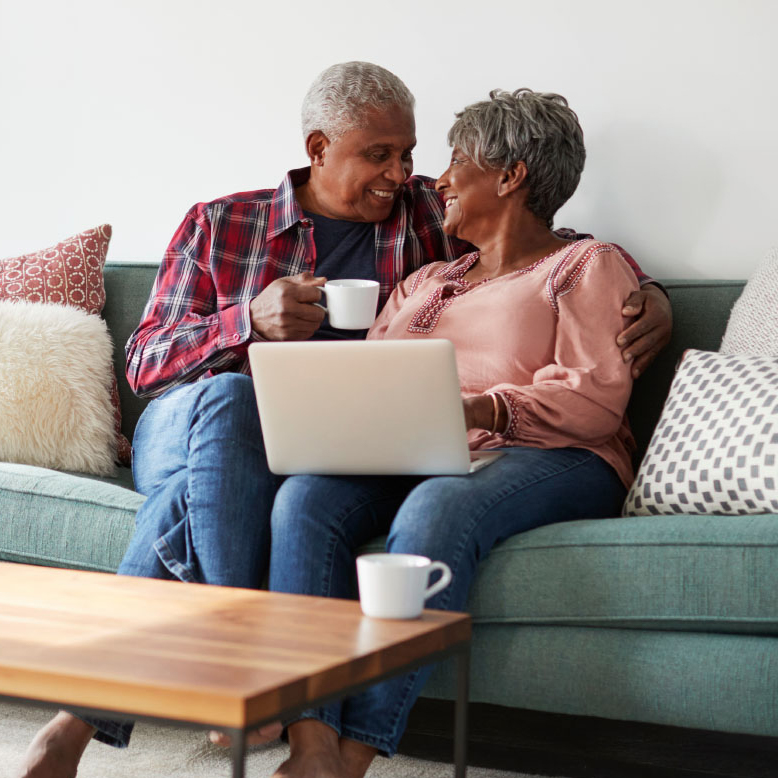
2. Plan
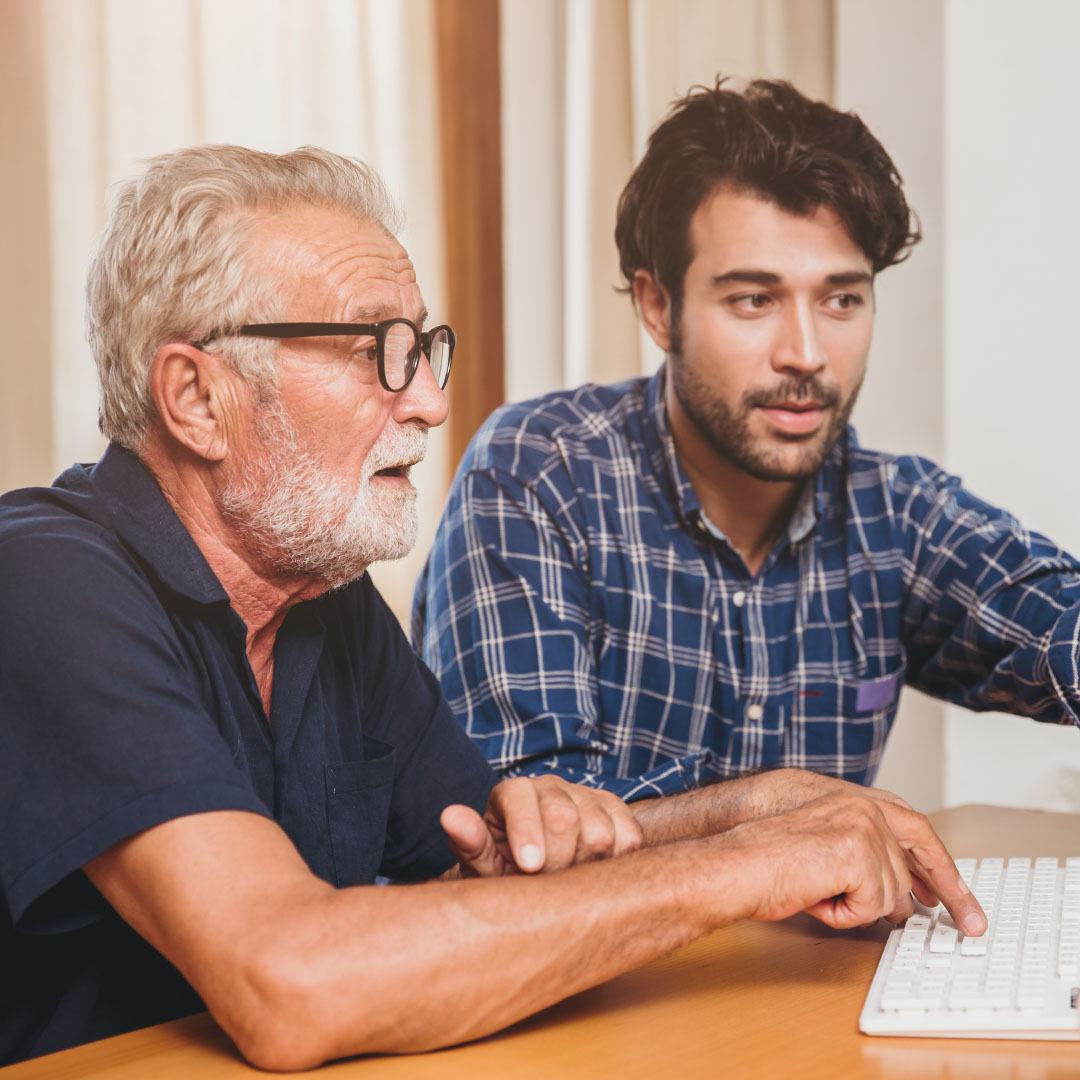
Once you’ve got a list of all the accounts you’ve got, it’s time to think about planning for the future. Who do you want to deal with things when you’re gone? Do you want to leave a message for certain people? Things that can help you plan for leaving a robust digital legacy include:
- Document your wishes - creating your will enables you to make choices about what happens to your belongings (your estate) once you’re gone. You should include your digital assets in your will, but you can create a separate digital will. A digital will isn’t the same as a traditional will and isn’t a legally binding document, but it can be a useful resource to leave behind for your loved ones to explain where they can find things online, such as your digitally stored photos and documents. It’s also a good place to leave details about your social media accounts and what you’d like to happen to them when you die.
- Backup data – As you’re going through all your information, you might come across long forgotten photos or videos of the family, make sure you back those up and take a note of how to access them, or share them with your loved ones now.
- Make a bucket list – If there are messages you want to leave for certain people, or things you’d like to do before you die, or before you hit a milestone birthday, make a list of all the things you’d like to achieve to help you stay on track.
3. Share
Organising your digital legacy doesn’t need to be all doom and gloom, in fact, you might enjoy reminiscing with family and friends looking back at forgotten memories. Once you’ve got your plans thought out, it can be helpful to talk about them with your loved ones. You don’t need to tell them everything now if you don’t want to, as long as they know the important or essential details. Things to consider sharing are:
- Decision making – You should share your ideas for the sort of care you might like at the end of your life. Who’s going to be responsible for dealing with your important documents and decisions if you’re no longer able to? Letting them know about your list of digital accounts and how they’ll be able to access things when you’re gone are all important conversations to have. You might prefer to do some of this with a professional.
- End of life plans – If you’d like to donate your organs when you die, or want everyone to wear pink at your funeral, you should plan for it now. There are lots of decisions to make once someone dies, so planning now can help make it a bit easier, giving you peace of mind your loved ones know what you want at the end.
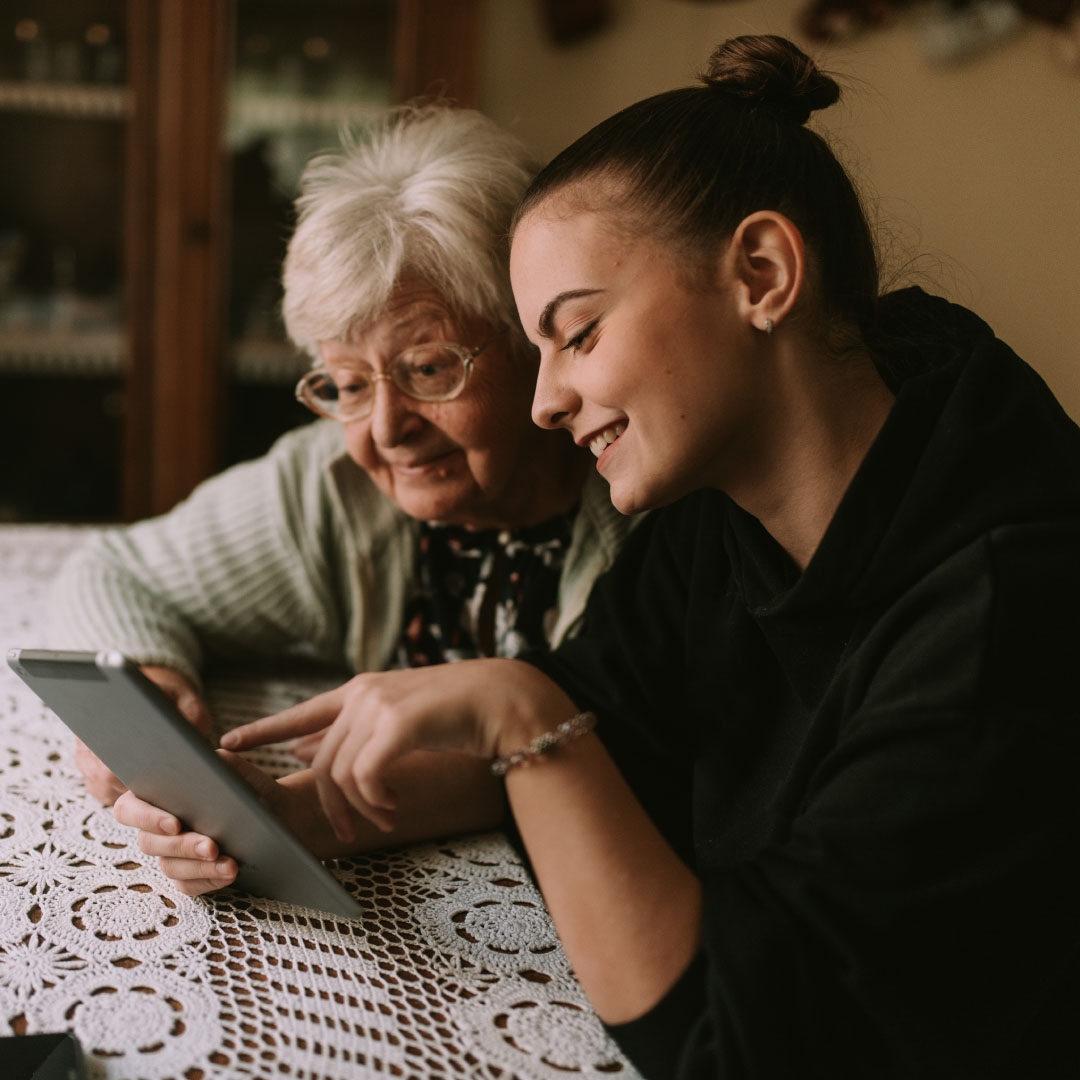
What happens to your digital accounts when you die?
When you die, nothing happens to your digital accounts – they don’t know you’re dead unless the platform or service provider is advised of the fact, so quite often they’ll stay as they are, or eventually be removed due to inactivity, but that all depends on the terms and conditions of each platform.
If you have online accounts such as social media profiles, email accounts and apps on your digital devices, when you die, could your loved ones get access to them to close things down for you, or use them to remember you by? Most platforms now have options available to you in order to choose who can access your details after you die.
You might be able to choose what happens to your online profiles and activity in the event of your death, so it’s worth checking all your important accounts and reviewing what their legacy creation policy is. We found typing ‘how to set up legacy controls’ before the platform we were interested in helped to get the right answers. For example, we typed 'how to set up legacy controls for my Google account' to find out the process for Google accounts. You can try this for most of your online accounts including your social media profiles.

Using technology to get your affairs in order
When you’re ready to start organising your digital legacy, you can do it on your own, or you could use a website or online platform designed to help you. There are a few to choose from, including Biscuit Tin, which Paula mentioned in the video, and MyWishes.
The Digital Legacy Association also has lots of advice and resources too.
Some of the resources available to help you create your digital legacy are free, with others charging a fee, so it’s worth doing some research to decide which option is best for you.
Watch this short video as Paula explains some of the things she does to keep her digital legacy up to date.
If you want to improve your digital skills for some of the things related to creating your digital legacy, like using your smartphone to take better photos, or how to use cloud storage, you can find all these topics covered in Digital Wings. You can also learn how to search the internet safely to help you find trusted sites to help you.
Find out how to get started with making digital memories, and get some ideas from the Digital Eagles, in the last of our digital legacy blogs coming soon, or catch up with the first blog if you missed it here.
